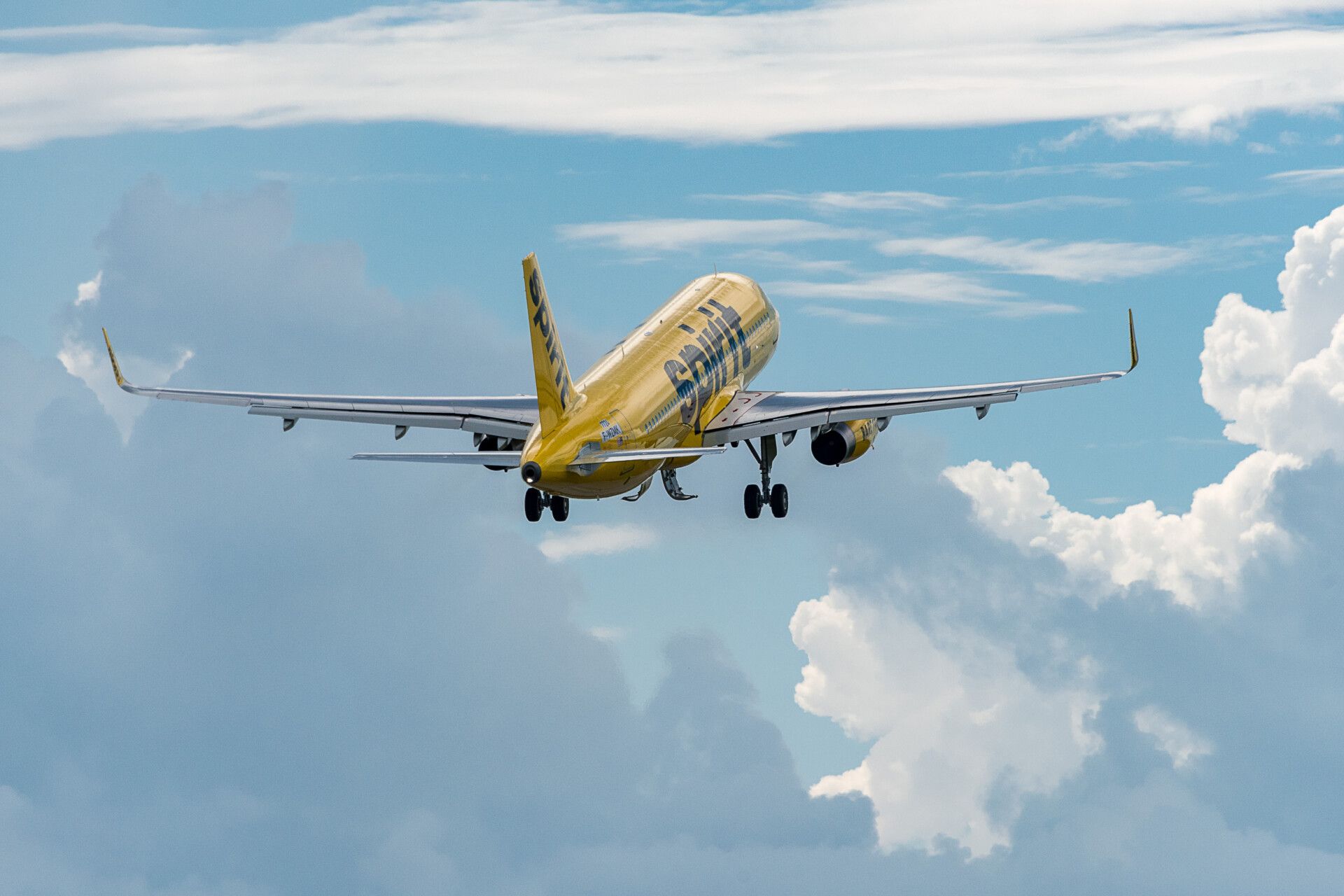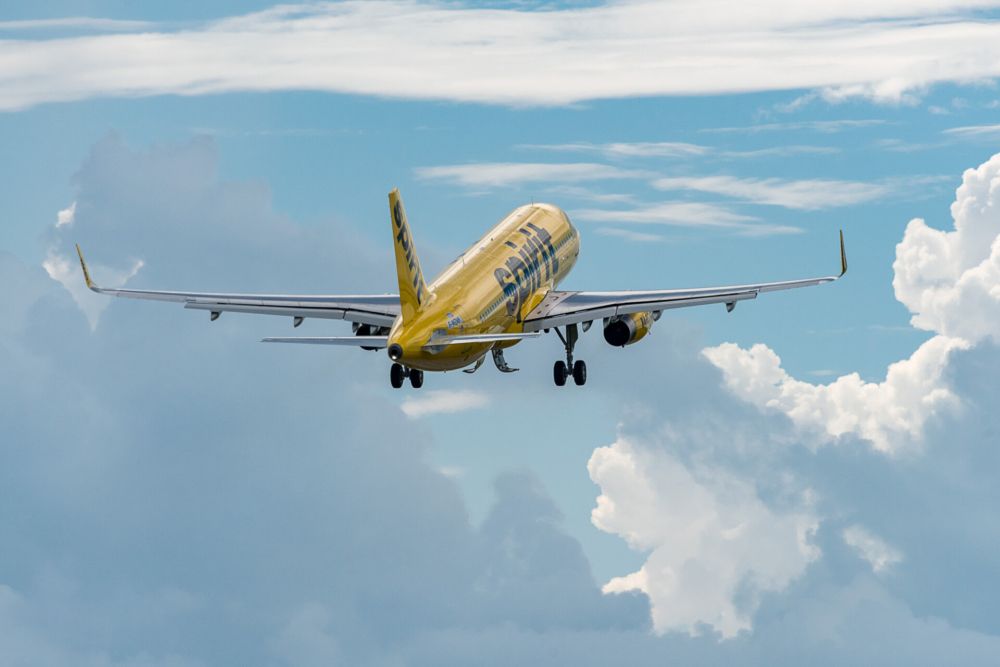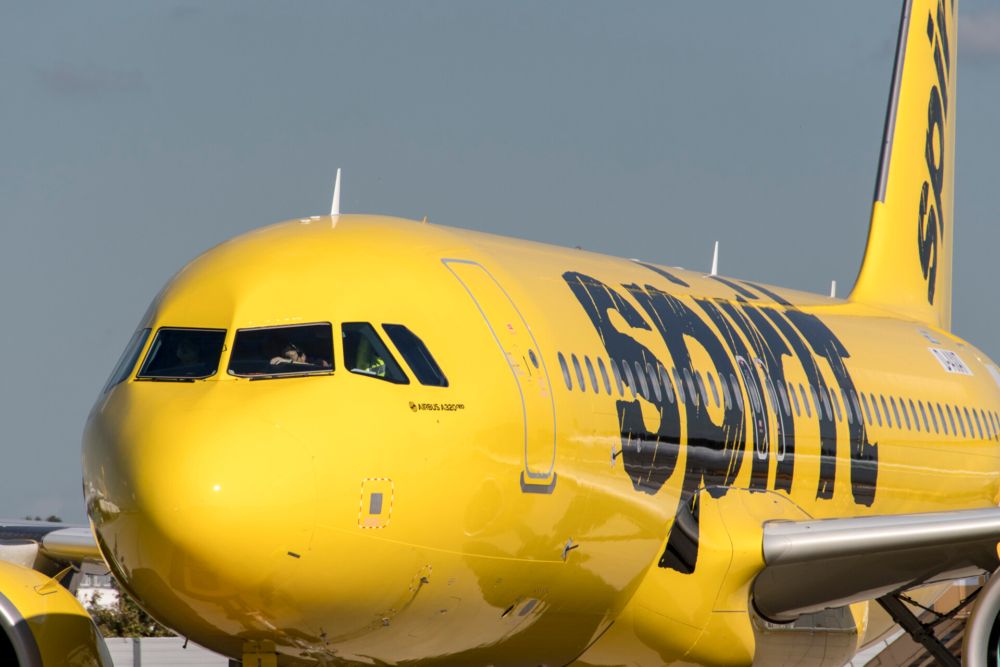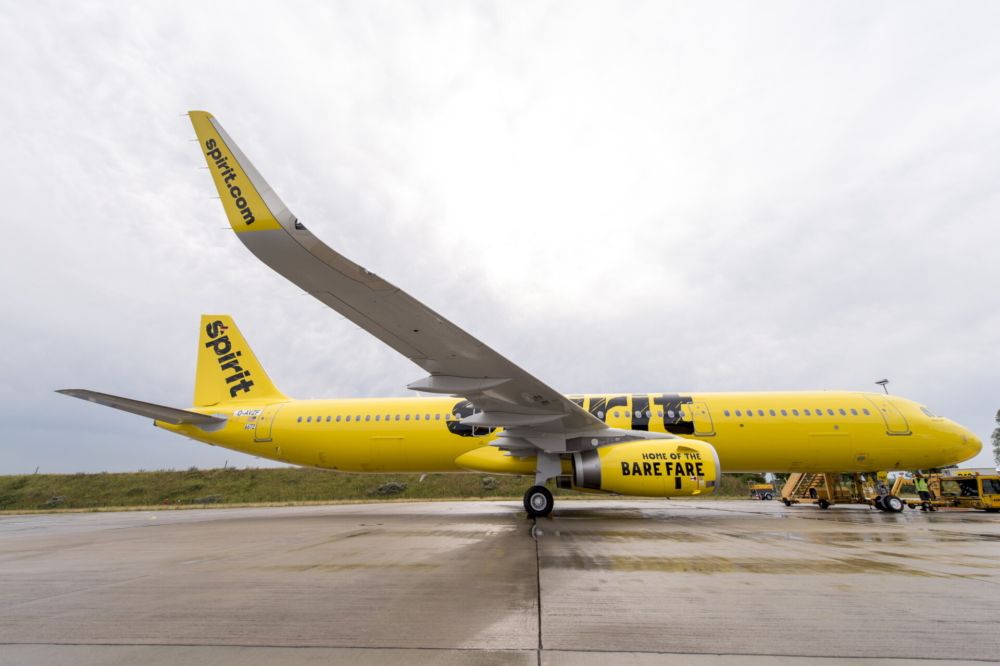Spirit Airlines entered several new cities in 2021 and grew others. In New Jersey, Spirit grew its position in Atlantic City with new routes, while it entered an entirely new market in Manchester, New Hampshire. Both of these markets are not crowded, and there is not a large list of airlines clamoring to start flights in both markets. However, Spirit Airlines saw an opportunity. To learn more about that, Simple Flying spoke with John Kirby, Vice President of Network Planning at Spirit, to learn more about these routes.
Spirit's Manchester and Atlantic City expansion
In June, Spirit Airlines announced it would start service to Manchester-Boston Regional Airport (MHT). Located in New Hampshire, this would be the airline's first foray into the state. Flights started in the fall to four destinations in Florida: Fort Lauderdale (FLL), Orlando (MCO), Tampa (TPA), Fort Myers (RSW). Spirit currently operates up to three daily departures from MHT.
Meanwhile, down in Atlantic City International Airport (ACY), Spirit Airlines announced new service to three destinations. These were Miami (MIA), Cancun (CUN), and San Juan (SJU). According to data from Cirium, Spirit flies up to ten daily nonstop flights from ACY, with service to those three destinations plus FLL, MCO, RSW, TPA, Myrtle Beach (MYR), and Palm Beach (PBI). Nonstop service to Atlanta (ATL) returns in April and lasts through the summer.
Why Spirit Airlines added these routes
Spirit is working on filling in gaps in its network. The airline made a lot of progress in adding major cities in 2021, but there are still plenty of larger markets that Spirit has yet to enter or expand. Discussing Manchester, Mr. Kirby stated the following:
"It was a combination of not having any other ULCC competition, coupled with what we thought was not enough supply for the demand of the marketplace. Most people historically viewed it as a suburb of Boston, sort of a kind of a niche play. Obviously Southwest saw great success in the 90s when they went in the market... We feel that dynamic, that demand, is still there, and it's just not tapped because the fares are high. So we think we can bring that back. We think we can stimulate demand, but we think we can also broaden the catchment area similar to what Southwest did when they went into Manchester 30 years ago."
Southwest still flies to Manchester, though it does not operate on the same model as Spirit and there is relatively little overlap between Southwest's network and Spirit's network out of Manchester.
Atlantic City was already a known destination for Spirit, and here is what Mr. Kirby had to say on those routes:
"What works for us is the fact that there's a lot of people who live in South Jersey and, quite frankly, between Philadelphia and Atlantic City, and even in Delaware. Because we can offer really attractive fares and nonstop service to destinations that are very popular, we can fill airplanes, so that's what really makes it work for us. I mean clearly there is an inbound component, but I would tell you that what we learned is the biggest demand element of Atlantic City really is the outbound market, and you can see that and is evidenced by our most recent adds to Cancun and San Juan."
Stay informed: Sign up for our daily and weekly aviation news digests.
A common theme: a broader catchment area
Atlantic City can be overshadowed, mostly, by Philadelphia (PHL) and, to an extent, Newark (EWR). Manchester, meanwhile, is often overshadowed by the larger Boston (BOS) airport. However, just because there are alternative points of service does not mean that travelers are willing to make the trek, and an oversimplified catchment area can lead to reduced options for air travelers, which then has an impact on pushing fares up.
Spirit is in growth mode. Its network is still developing, and one of the factors that will be the testament of its ability to grow is its ability to tap into new markets or grow existing ones. Manchester and Atlantic City show that Spirit's relatively high frequency and higher utilization model can work in smaller cities where the ultra-low-cost-carrier (ULCC) market has typically gone in with a low-frequency model. Also buoying this is Spirit's onward connecting itineraries that help keep some more planes full, though nonstop point-to-point demand is its primary market.
The biggest takeaway is that Spirit is now zooming in more closely to different communities and airports. This bodes well for many smaller airports that may have lost service over the years to larger, nearby airports that airlines habitually fly in and out of, or else are larger airline hubs. Especially considering Spirit's model and low-cost operation, it can also stimulate some demand in these smaller destinations for flights to larger tourist havens in places like Florida or Cancun.
Another factor to consider is that Spirit is not making moves to smaller airports in an effort to reduce costs by cutting flights or moving out of more expensive airports. BOS remains in the airline's network. Moreover, recently, Spirit announced an expansion of its network out of PHL, showing that it believes both PHL and ACY can exist in the network together and Spirit does not think it has to choose between one airport or another.
In short, Spirit Airlines is looking at the broader catchment area, but also focusing in on underserved communities. Spirit has a history of flying into some smaller destinations, like Charleston (West Virginia). As the network grows, Spirit's network focus will mean it is unlikely to run out of new destinations anytime soon.




